When I traveled to Lanai, Hawaii, I was amazed by the island’s strange and beautiful rock formations.

Lanai’s rock formations look like natural sculptures. Wind and time shaped them into forms you won’t find anywhere else in Hawaii.
The colors and shapes seem almost otherworldly.
Every stop is a unique surprise.
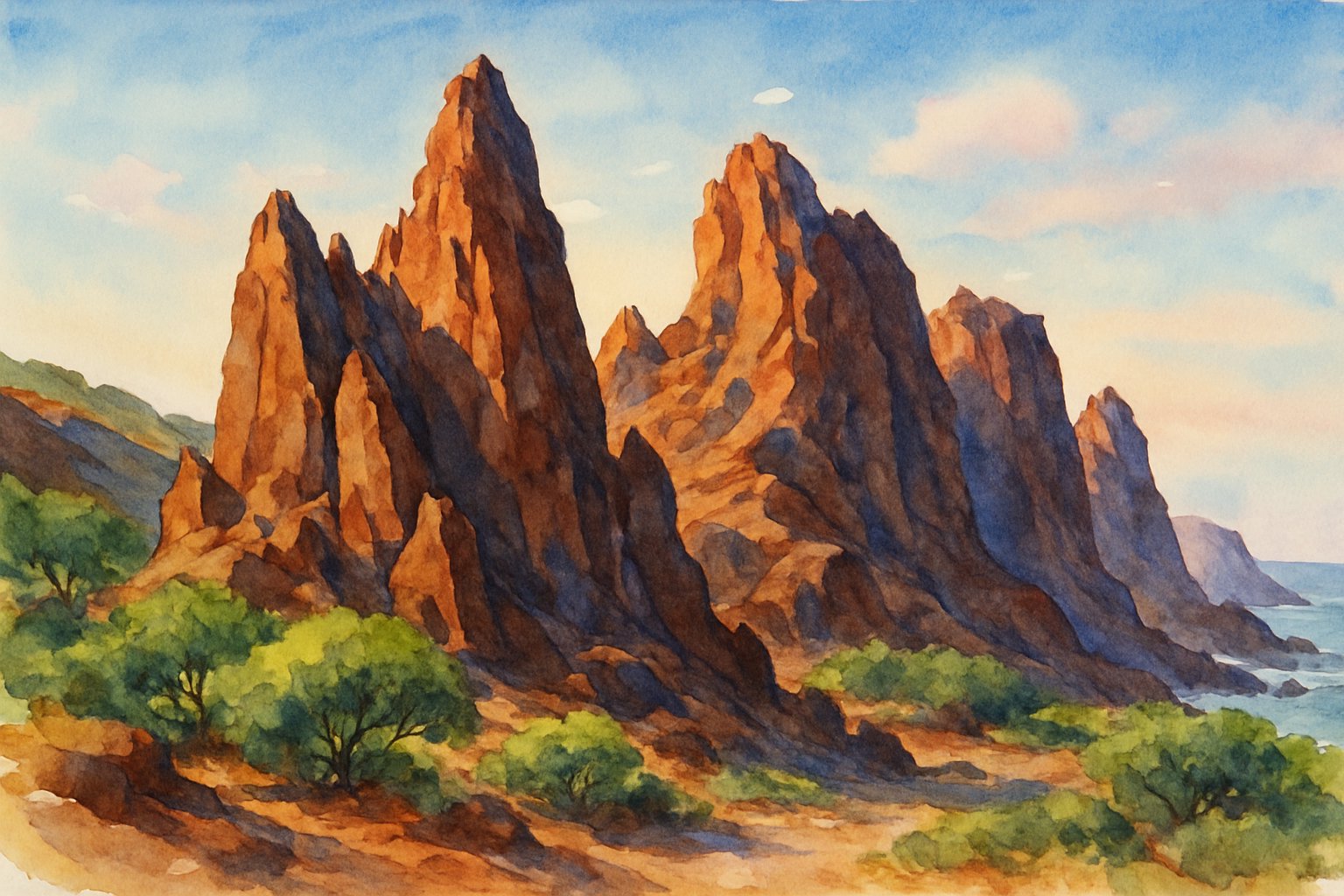
Places like the Garden of the Gods, also called Keahiakawelo, stand out with their red and orange rocks scattered across the landscape.
The area looks like another planet, and exploring it feels like a real adventure.
If you love nature, hiking, or photography, you should visit these sites.
They show you Lanai’s wild side.
I also explored lesser-known spots along the coastline and hidden beaches.
Rocks form unusual shapes along the shore, making every turn on Lanai something new.
Learn more about places like the Garden of the Gods and see why they are a highlight of exploring this Hawaiian island.
The Geological Origins of Lanai’s Unique Rock Formations
Lanai, also called “The Pineapple Isle,” stands out for its strange and colorful rocks.
These rocks catch my eye with their unusual shapes and colors.
The story of these formations starts deep below the earth and unfolds over millions of years.
How Volcanic Activity Shaped the Landscape
Volcanic eruptions built Lanai. Ancient lava flows created the foundation for many of the island’s formations.
Molten rock, called magma, pushed up through the earth and spread across the land.
As the magma cooled, it formed layers of basalt.
The cooling process created rough surfaces, cracks, and sometimes tall pillars.
Over time, the landscape became a patchwork of solid lava and ash.
Hot, dramatic events shaped places like the Garden of the Gods.
Here, leftover volcanic rocks turned into formations that look almost otherworldly.
Erosion and Weathering Processes
After the volcanoes stopped erupting, wind, rain, and temperature changes started to wear the rocks down.
Erosion and weathering slowly broke the basalt and ash into strange shapes and ridges you can still see today.
The bright sun and steady trade winds dried out some areas, letting red dust collect on the ground and rocks.
Flash floods and steady rains chipped away at the softer rocks, carrying small pieces downhill.
Over centuries, these forces carved out pillars, spires, and towers.
The Garden of the Gods, or Keahiakawelo, shows how erosion left a garden of boulders and rock piles.
Distinctive Features of Lanai’s Rocks
Lanai’s rocks come in bold reds, oranges, and purples.
Iron in the rocks reacts with oxygen, turning them bright colors.
Some formations rise up in unusual stacks while others look almost like sculptures.
One of my favorite features is the jumble of giant stones in places like Keahiakawelo.
Legends say gods shaped the rocks, but natural forces gave them their look.
The mix of hard volcanic rock and softer ash means erosion works unevenly, leaving behind odd shapes.
You won’t find these shapes on other islands.
This makes Lanai’s rock formations some of the most unique in Hawaii.
Famous Rock Formations on Lanai
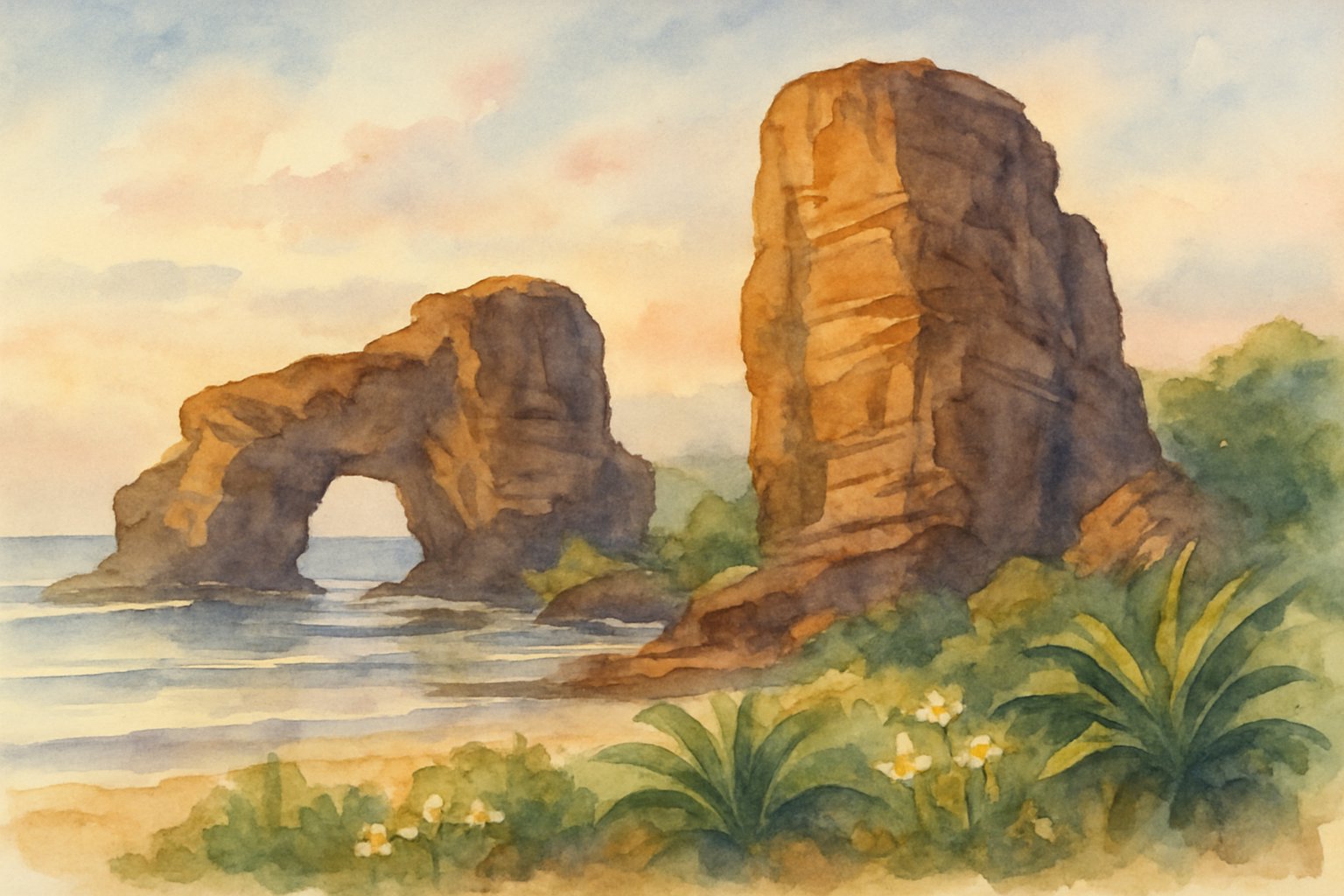
Lanai is home to natural sites shaped by wind, water, and time.
From colorful rock gardens to ancient carvings, each place offers something memorable.
Garden of the Gods (Keahiakawelo)
When I first visited the Garden of the Gods, also called Keahiakawelo, I felt like I was walking on another planet.
Red, orange, and brown rocks fill the area, standing out against a mostly bare landscape.
The rocks take on strange shapes, formed naturally by centuries of erosion and strong winds.
Keahiakawelo offers some of the best photo spots on the island because of its bright colors and broad views.
At sunrise and sunset, the light makes the rocks seem to glow.
You can see the striking rock formations of Garden of the Gods from the edge of a rough, bumpy road.
It’s an adventurous stop.
Sweetheart Rock (Puu Pehe)
Sweetheart Rock, or Puu Pehe, is probably Lanai’s most famous natural landmark.
It rises 80 feet above the water, standing alone between Manele Bay and Hulopoe Bay.
The rock is most beautiful from the seaside trails near the Four Seasons hotel.
Local legend says that Puu Pehe is named after a Hawaiian girl, and the story adds to the magic of the site.
The dramatic cliffs around the rock make it a popular photo spot.
The views from the nearby cliffs are stunning, with the blue Pacific below.
Many people take the short hike from the beach to see Sweetheart Rock up close.
Shipwreck Beach Structures
Shipwreck Beach is a long, wild stretch of sand and rocks on Lanai’s north shore.
The beach is famous for its old rusting shipwreck, which you can sometimes see stuck on the reef just offshore.
I love coming here for the unique rock structures along the shoreline.
Shallow tide pools, scattered boulders, and odd lava formations dot the landscape.
Every visit feels different, depending on the wind, waves, and tide.
It’s a great area for spotting sea birds.
The rocks and the exposed reef give Shipwreck Beach a raw, untouched feeling.
The closest sandy point, Polihua Beach, has even more open, wild beauty.
Petroglyph Sites: Luahiwa and More
Some of Lanai’s most special rock features are its ancient petroglyphs, especially at Luahiwa.
Petroglyphs are carvings or drawings scraped into the stone long ago by Native Hawaiians.
At Luahiwa, I can see people, animals, and mysterious symbols chiseled into volcanic rock.
These images are hundreds of years old and help tell the history of everyone who once lived here.
Several other petroglyph sites are scattered around Lanai’s dry uplands.
Each spot might require a walk through kiawe trees and fields.
The carvings remind me of how people have used and shaped these rocks for generations.
Exploring Lanai’s Rock Formations: Activities and Tours
Lanai’s rock formations make this island special.
I can discover amazing rock landscapes on foot, by camera, in the water, and even under the stars.
Hiking and Guided Expeditions
Most Lanai rock formations, like the Garden of the Gods (Keahiakawelo), are best explored by hiking.
The area feels almost otherworldly, with large rocks scattered across red dirt.
Some trails can be rough and are not paved, so good shoes are important.
Guided 4×4 tours help me reach remote locations.
These tours share local stories and explain how wind and water shaped the rocks over many years.
4×4 Trekker Tours let me see hidden spots that I’d miss on my own.
A table of popular expedition options:
| Activity | Difficulty | Duration | Guide Option |
|---|---|---|---|
| Garden of the Gods | Medium | 2-3 hrs | ✅ |
| 4×4 Trekker Tour | Easy | 3-4 hrs | ✅ |
| Shipwreck Beach | Medium | 1-2 hrs | ✅/❌ |
Photography and Video Opportunities
Every time I visit Lanai’s rock formations, I see new colors and textures depending on the light.
Early morning or late afternoon is perfect for photos, with soft sun making the rocks glow orange and red.
I take wide-angle shots to capture the dramatic landscapes.
The unique shapes at places like Keahiakawelo and Shipwreck Beach make for great backdrops.
Drones let me record sweeping video, but I always check if flying them is allowed.
Bringing extra batteries and a tripod helps, because I often spend hours waiting for the best light.
If I want to share my trip, short clips showing the shifting shadows across the rocks work well for social media.
Snorkeling, Swimming, and Marine Life Nearby
After exploring on land, I head to Hulopoe Bay, which is just a short drive from the rocky areas.
Here, the clear water and protected bay let me snorkel and swim near tide pools and smaller rock formations.
I watch colorful fish and sometimes spot spinner dolphins.
It’s important to respect the beach rules and stay safe, since some areas have strong currents.
Fishing is possible in marked spots, and I sometimes see locals casting lines for reef fish.
Hulopoe Bay is a top spot for spotting marine life and relaxing by the water.
Information on other popular activities on the island can be found at Lana’i Expeditions.
Camping and Outdoor Adventures
Camping on Lanai isn’t crowded, so I can really enjoy the quiet.
I prefer to stay at nearby campsites like those at Hulopoe Beach.
Permits are required, so I get those before setting up my tent.
At night, it’s peaceful, and the big open sky gives me a great view of the stars right next to the rock formations.
I wake up early and hike to see the sunrise over the rocks.
Since some areas are remote, I bring all the gear I need, including water, food, and trash bags.
Group camping and guided adventure tours are available for beginners.
For more ideas on what to do around Lanai’s top attractions, I visit this guide to Lanai’s activities.
Cultural and Historic Significance
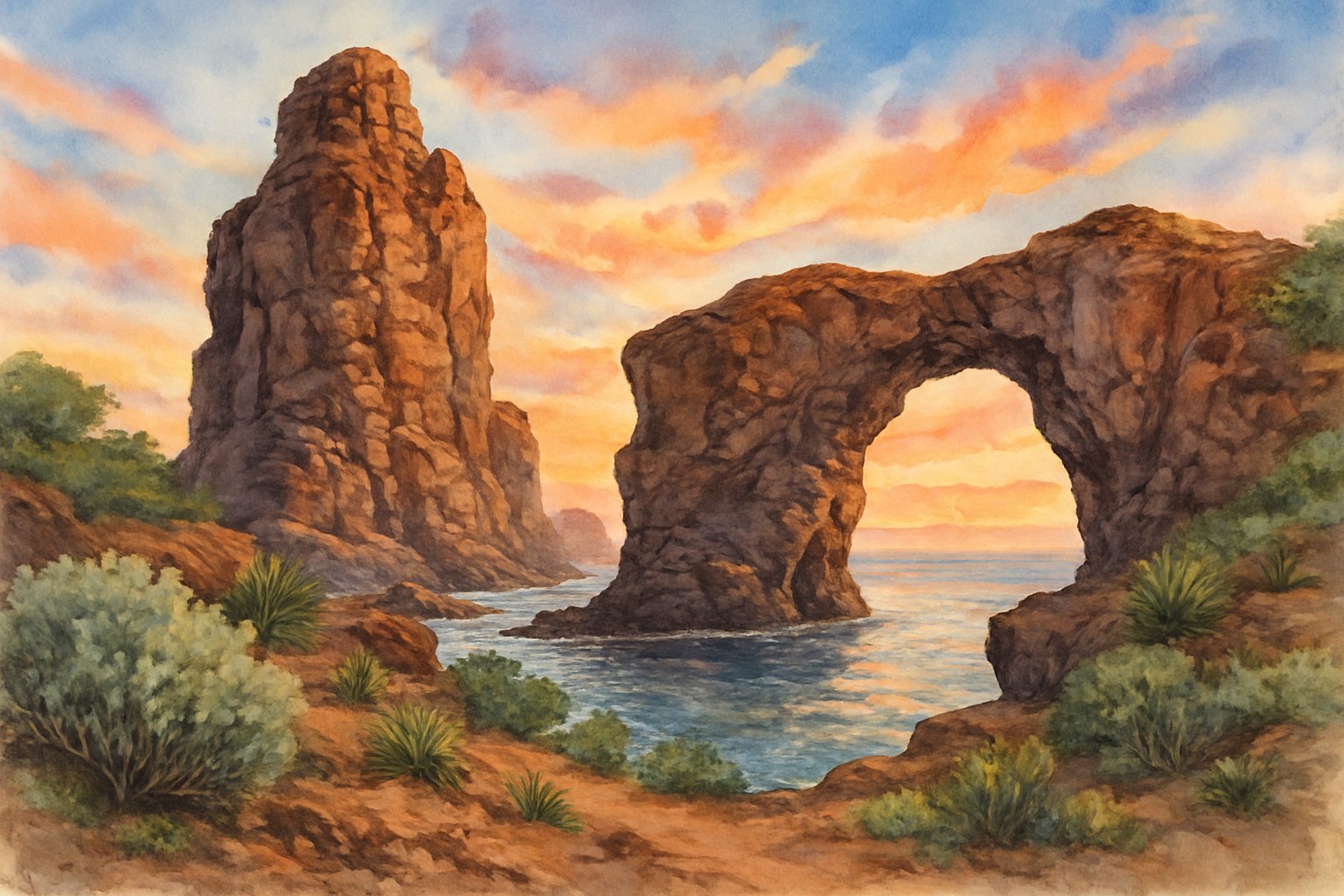
Lanai’s rock formations are more than just beautiful sights.
They reflect the island’s deep roots in Hawaiian culture, ancient carving traditions, and the stories that have shaped its identity.
Hawaiian Cultural Connections
The land and rocks on Lanai hold special meaning in Hawaiian culture. Places like the Garden of the Gods (Keahiakawelo) connect the physical landscape with the spiritual world.
Many families have passed down stories about these rocks for generations. These stories help keep the island’s traditions alive.
Lanai’s landscapes are tied to everyday life and ancient rituals. People respected certain formations as sources of mana, or spiritual power.
Traditions like leaving offerings or respecting the land show how important nature is to locals. The shapes of the rocks often inspire names, legends, or rituals.
These connections highlight the bond Hawaiians feel with the island. These formations are part of living history.
Ancient Petroglyphs and Storytelling
Petroglyphs are pictures and symbols carved into stone. Lanai is home to many of them.
When I visited the Poaiwa Petroglyphs, I saw images of people, canoes, and animals. These carvings date back hundreds of years.
Hawaiians used these petroglyphs to record stories and daily events. Some symbols represent a warrior or a family, and a few designs were only understood by select people in the community.
Reading these petroglyphs feels like stepping into a time capsule. The messages are simple but powerful, showing how people connected with the land.
They give us clues about what life was like long ago on Lanai.
Lanai in Legends and Local Folklore
Lanai’s rock formations appear in many local legends. For example, the rocks in Keahiakawelo come from a contest between two priests from Lanai and Molokai, each trying to keep a fire burning longer to prove who had stronger spiritual power.
Stories often explain how certain rocks appeared or why an area looks a certain way. Some rocks are thought to be ancient chiefs turned to stone, while others are reminders of battles or discoveries.
These legends help people understand their place on the island. Children grow up hearing these stories, shaping how everyone sees Lanai’s unusual landscape.
Conservation and Preservation Efforts
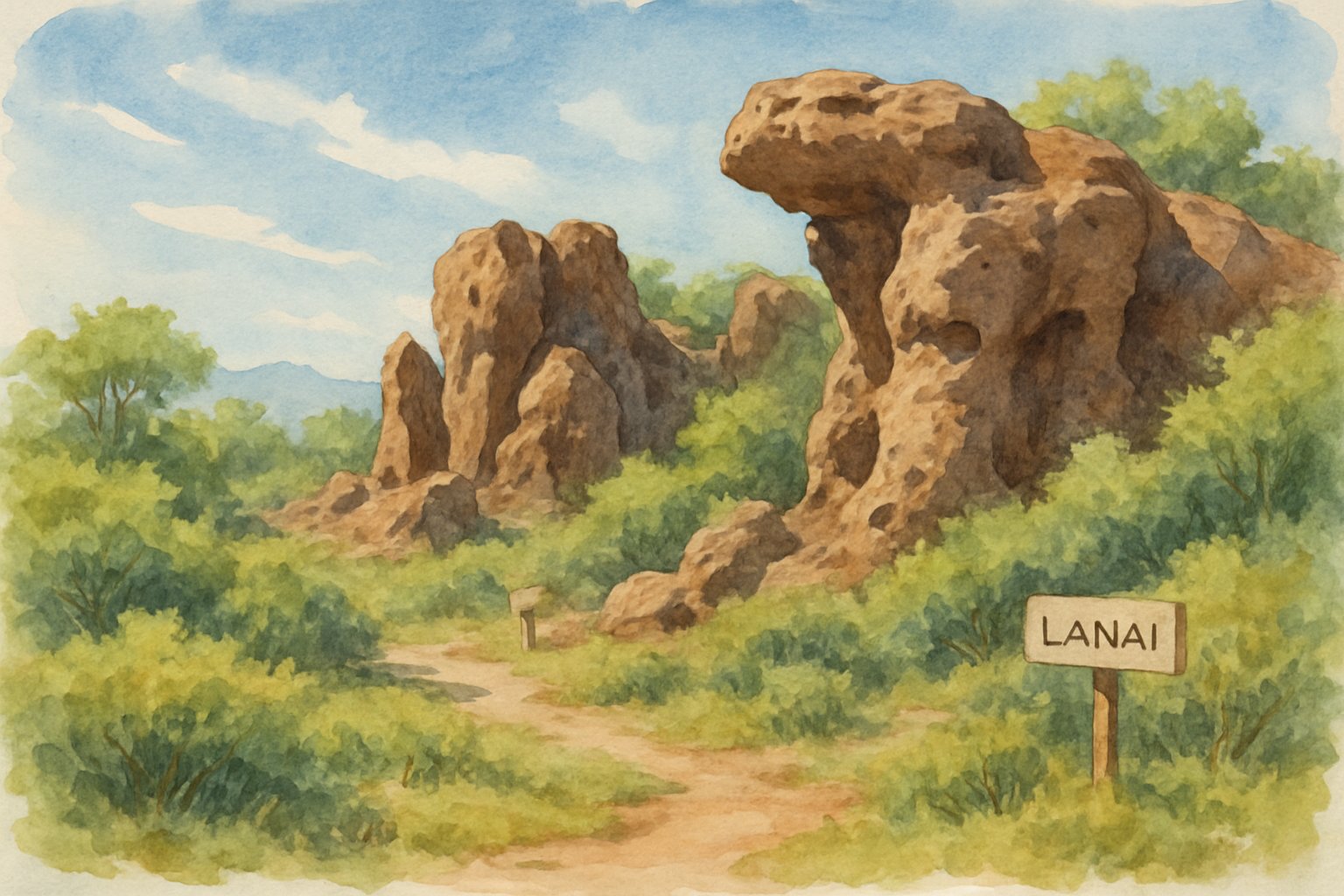
Lanai’s rock formations are beautiful and fragile. Keeping these landscapes healthy means following rules and supporting conservation.
Learning about how our actions impact nature is important. Responsible choices protect these natural wonders.
Protected Conservation Districts
On Lanai, some areas with unique rock formations belong to protected conservation districts. Conservation workers and local groups manage these areas to protect natural resources and prevent damage.
They use fencing, remove feral animals, and restore native plants. These actions help keep the land safe from erosion and invasive species.
Preservation plans guide their work. They repair damage, plant native vegetation, and teach visitors about staying on marked paths.
The community tries to keep places like the Garden of the Gods safe for the future. I can join volunteer days or take part in educational programs that focus on Lanai’s natural treasures.
Responsible Tourism and Environmental Impact
When I visit Lanai’s rock formations, I see conservation signs about staying on trails, not moving rocks, and respecting boundaries. Following these rules is essential because human footsteps and careless actions can harm delicate sites.
Education helps me understand my impact. Many guides and tours include information about why conserving these landscapes matters.
Some tours donate part of their fees to preservation efforts. I try to reduce waste, leave natural materials untouched, and follow posted guidelines.
This careful behavior helps limit erosion and keeps plant life healthy. It also ensures others can enjoy these unique natural wonders.
For more information, I visit the Lanai Culture & Heritage Center or check local guides on responsible tourism practices.
Capturing Lanai’s Rock Formations: Images and Media
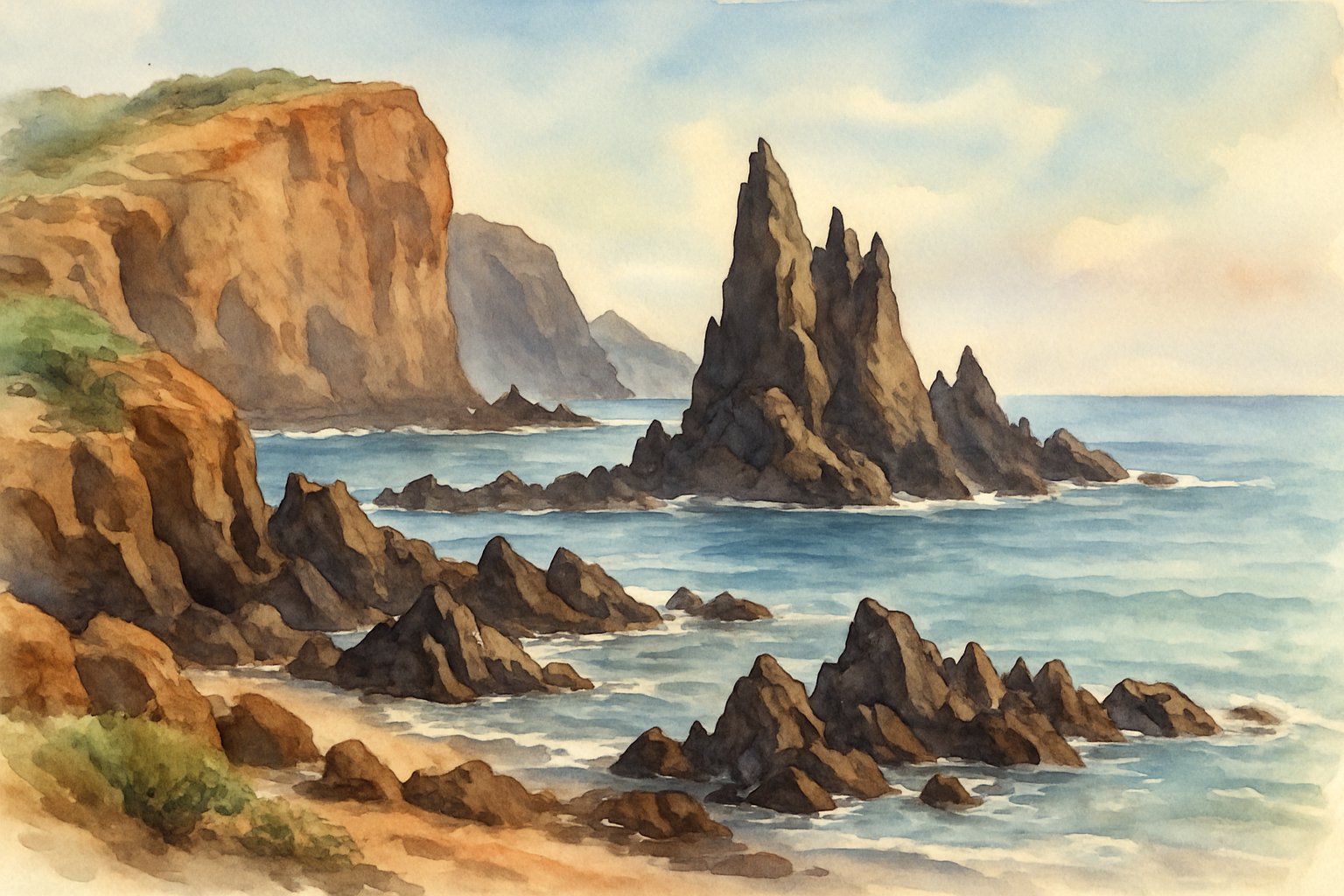
When I look for ways to share Lanai’s rock formations, I find many choices in images and media. Different photo types, creative graphics, and interactive views help everyone experience these unique landscapes.
Popular Image Categories and Types
Photos of Lanai’s rock formations come in several categories. Wide-angle landscape shots capture massive boulders and unique shapes in places like Keahiakawelo.
Close-up macro photos focus on details in volcanic rocks, showing texture and color. Some galleries sort images into sunrise and sunset photos, highlighting changing light on the stones.
Other categories show people exploring the areas while respecting local rules. For example, it’s forbidden to stand, sit, or stack rocks in Lanai, so photos always reflect this important guideline.
Black-and-white photos offer a classic look. Nature photography mixes in native plants or nearby tidal pools with wildlife.
Many stock photo galleries make it easy to find images by these categories.
Videos, Vectors, and Illustrations
Videos give a dynamic look at the rock formations. Drone shots and slow pans show the landscape from above and across.
Short clips highlight how sunlight shifts on the rocks or how the wind shapes the area. Some designers create vector graphics of the stone spires and formations.
I see simplified illustrations in travel brochures or online guides. These vectors often show only outlines and colors, making them easy to use as icons or travel stickers.
Artistic illustrations present Lanai’s landscapes in bright colors or stylized forms. I find these useful for creative projects, websites, or educational material.
Video and artwork let viewers see the beauty of Lanai’s rocks even if they can’t visit in person.
360° Panoramic Images and Creative Collections
360° panoramic images let me stand in the middle of Lanai’s unique rock fields. With a smartphone or computer, I can scroll around the scene and explore every angle.
This gives a sense of scale and lets me see features up close, like rock piles or tidal pools along the coast. Some online stock image sites offer creative collections that combine standard photos, panorama shots, and custom illustrations focused on Lanai.
I use these collections when I want a full view of the landscape. Panoramic views and creative sets bring the island to life for anyone wanting to learn about or enjoy Lanai’s rock formations from afar.
Where to Stay and Practical Visitor Information
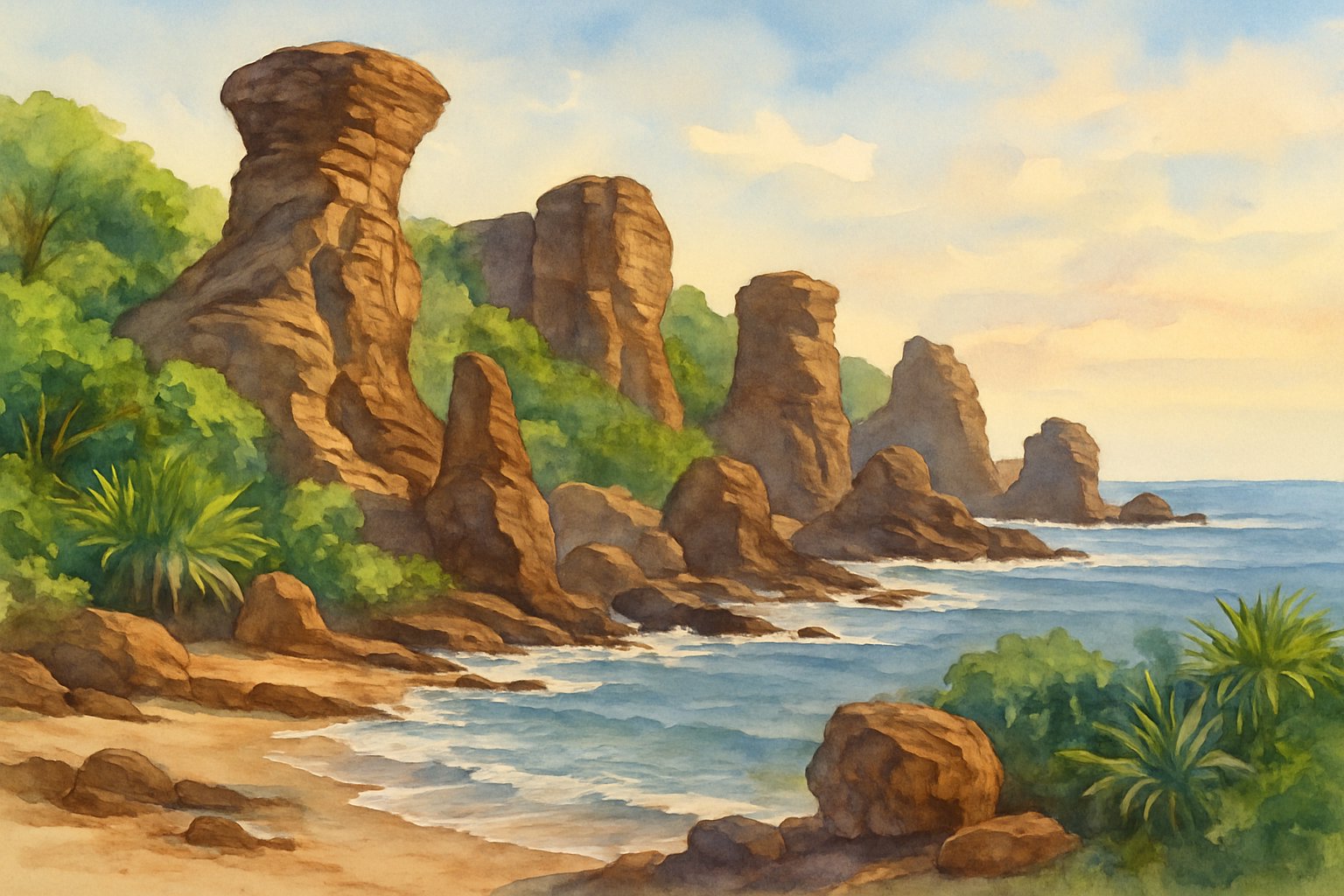
Finding the right place to stay is key to enjoying Lanai and its landscapes. I also need to prepare with details about Lanai’s main town, public spaces, and safe travel tips.
Lodging Options: Lodge at Koele and More
When I look for a place to stay on Lanai, I see only a few choices because the island is small and quiet. The Lodge at Koele is one of the best-known hotels.
This luxury spot offers large rooms, gardens, and calm surroundings. I can expect top service and access to activities like golfing, horseback riding, and hiking.
There are just a couple more hotels around Lanai City, such as the historic Hotel Lanai, giving a boutique experience in the center of the island. Most visitors choose these hotels or try vacation rentals for something different.
Staying at these places usually costs more than on other Hawaiian islands. Lanai has a reputation for upscale resorts, and most visitors spend more on lodging here.
For a closer look at where to stay, I check Lanai’s hotel options.
Lanai City and Dole Park Essentials
Lanai City is the center of daily life on the island. This small town sits at a higher elevation, so the air feels cooler than at the coast.
At the heart of Lanai City is Dole Park, which acts like a main square. It is surrounded by small shops, cafes, banks, and outdoor spaces.
I often use Dole Park as a meeting place before heading out for hikes or rock formation tours. Many local events and community gatherings take place here.
Walking around the park gives me a calm feeling and lets me enjoy the slower pace of life. Shops here meet basic needs, but choices are more limited than on larger islands.
Safety Tips and Travel Logistics
When planning travel around Lanai, I remember that public transportation is limited. I usually need a jeep or a 4×4 vehicle to reach many sites, especially rocky or remote areas.
The roads can be rough, especially near famous rock formations like the Garden of the Gods. I pack sunscreen, water, and snacks because services can be far apart.
Weather changes quickly, so I bring layers for sun and cool air. Cell service can be spotty in some places, and I always tell someone my plans before heading out.
I check official travel information for Lanai to stay up to date about road conditions or any island advisories.
Spotlight on Creative Contributors and Content Licensing

I enjoy sharing the stories behind the images and articles that bring Lanai’s rock formations to life. I highlight the contributors, provide up-to-date editorial insights, and explain how image and video licensing works for this subject.
Contributor Spotlight and Fresh Picks
Many of the photographs and articles I use come from talented creators who travel to Lanai. They capture the island’s dramatic rock structures in every season.
Whether it’s a rugged stone arch or a windswept boulder field, their passion shows in every shot. I regularly feature a “Contributor Spotlight” section in my blog.
Here, I highlight photographers, writers, and videographers who stand out. These contributors often share behind-the-scenes stories and tips on getting the best images of places like Pu’u Pehe and Garden of the Gods.
Fresh picks are chosen every month. I look for new angles, creative lighting, or rare formations.
My list includes content from trusted stock agencies, private collections, and local experts who know Lanai best.
Here’s a quick look at what I might include:
| Name | Recent Work | Focus |
|---|---|---|
| Jamie Kalua | “Twilight Over Shipwreck Beach” | Coastal Rocks |
| Dale Nakoa | “Garden of the Gods Walkthrough” | Rock Valleys |
Editorial and News Coverage
I stay updated on Lanai news and geology discoveries. Editorial coverage helps me provide readers with the latest facts and community stories.
My articles often cover local efforts to protect rare formations and updates from geologists. I use newswire services and reputable online publications to ensure accuracy.
Sometimes, I connect readers with official reports or feature expert interviews. The editorial section brings together research, opinions, and news to help readers understand the importance of Lanai’s rocks.
Important updates or rare rock events get featured promptly. I provide context so readers know what’s new and how it impacts visiting or photographing the sites.
Licensing: Images and Videos
I always check the license for every image or video I use.
This protects the original creator’s work and ensures ethical sharing.
I use reputable stock image libraries and video collections.
These sources offer licenses for editorial use, commercial use, or special purposes.
Categories like landscapes and aerial shots have their own terms.
If contributors need help with image or video licensing, I guide them step-by-step.
I use tools like the Alamy API to search specific categories and verify license details.
This approach helps me keep my content fresh while respecting creators’ rights.




